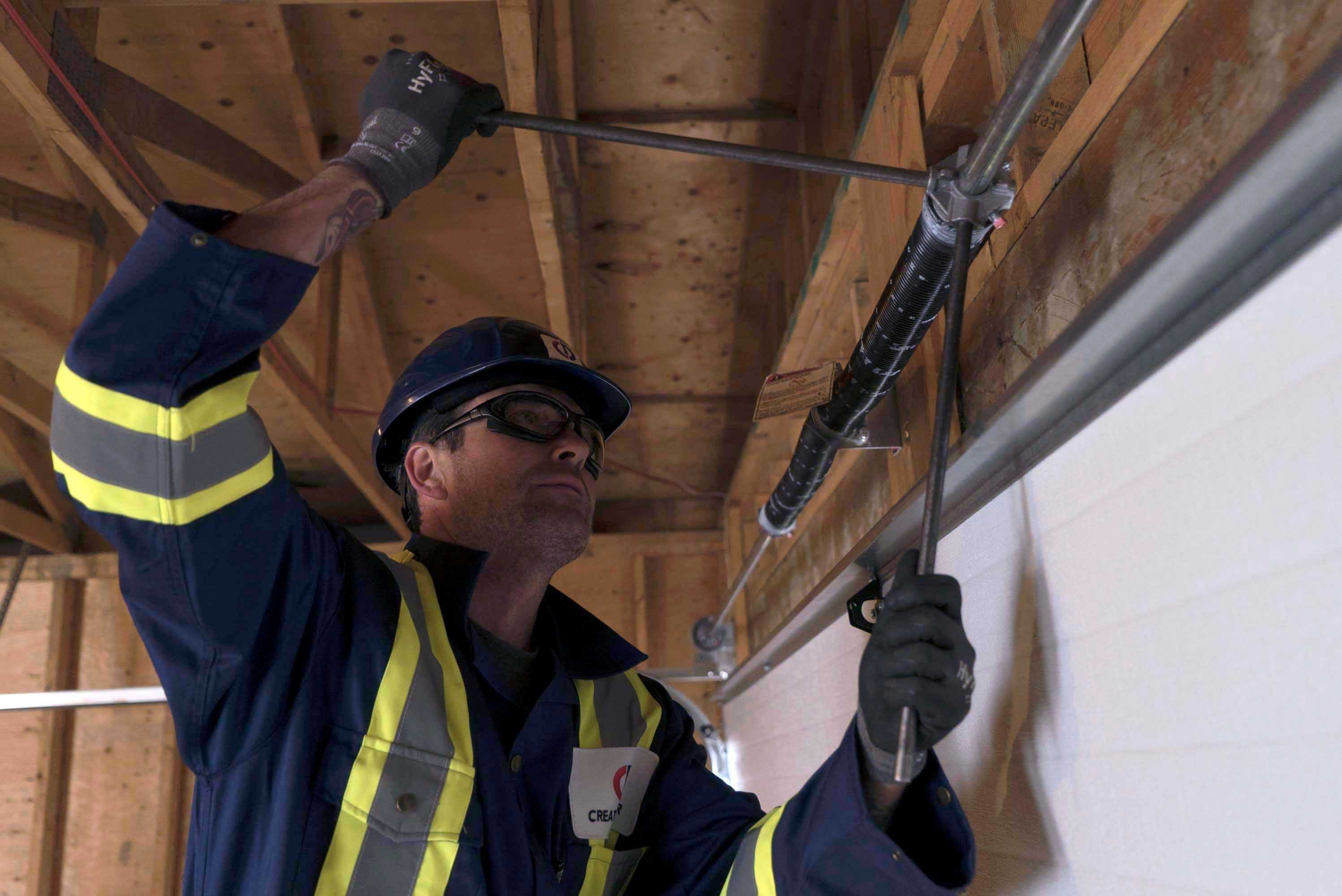

Articles
How To Tension A Garage Door Spring
Modified: February 23, 2024
Learn how to tension a garage door spring with our informative articles. Get step-by-step instructions and tips to ensure a safe and successful process.
(Many of the links in this article redirect to a specific reviewed product. Your purchase of these products through affiliate links helps to generate commission for Storables.com, at no extra cost. Learn more)
Introduction
When it comes to the smooth operation of your garage door, properly tensioned springs are crucial. Garage door springs play a significant role in counterbalancing the weight of the door and ensuring that it opens and closes safely and efficiently.
However, over time, garage door springs can lose their tension or become damaged, which can lead to a variety of issues such as difficulty in opening or closing the door, excessive noise, and even potential safety hazards. That’s why it’s essential to understand how to properly tension a garage door spring.
In this article, we will discuss the importance of properly tensioned garage door springs, provide a step-by-step guide on tensioning them, highlight common mistakes to avoid, and identify signs of a malfunctioning garage door spring. So, let’s dive in and learn how to keep your garage door operating smoothly and safely.
Key Takeaways:
- Properly tensioned garage door springs are crucial for smooth operation, preventing damage, enhancing safety, and reducing wear. Follow safety measures and consult professionals for optimal tensioning.
- Signs of malfunctioning garage door springs include difficulty in operation, uneven movement, loud noises, and visible wear. Promptly address issues and consult professionals for safe repairs.
Read more: How To Adjust Spring Tension On Garage Door
Importance of Properly Tensioned Garage Door Springs
Properly tensioned garage door springs play a critical role in the functionality and safety of your garage door. Here are some reasons why maintaining the right tension in your garage door springs is important:
- Smooth and Efficient Operation: Tensioned garage door springs ensure that your garage door opens and closes smoothly. When the springs are properly balanced, it reduces strain on the opener and other components, allowing for effortless operation.
- Prevent Damage to the Door: If the garage door springs are under- or over-tensioned, it can result in unnecessary stress on the door. This can lead to misalignment, bending of the tracks, or even damage to the panels. By maintaining the correct tension, you can prevent these issues and extend the lifespan of your garage door.
- Enhanced Safety: Safety is paramount when it comes to garage doors. If the springs are not properly tensioned, it can lead to sudden and uncontrolled movements of the door. This can be a safety hazard for you, your family, and your belongings. Properly tensioned springs ensure that the door operates smoothly and reduces the risk of accidents or injuries.
- Reduced Wear and Tear: When the garage door springs are properly tensioned, it ensures that the weight of the door is evenly distributed. This helps minimize the wear and tear on various components such as the cables, rollers, and hinges. By avoiding unnecessary strain on these parts, you can prolong their lifespan and reduce the need for frequent repairs.
- Peace of Mind: Knowing that your garage door is equipped with properly tensioned springs provides peace of mind. You can operate your garage door confidently, knowing that it is safe, reliable, and less prone to unexpected malfunctions. This allows you to focus on more important things without worrying about your garage door’s performance.
Now that we understand the importance of properly tensioned garage door springs, let’s dive into the specifics of understanding these springs and the process of tensioning them.
Understanding Garage Door Springs
Garage door springs are essential components that provide the necessary force to lift and lower the heavy garage door. There are two main types of garage door springs: torsion springs and extension springs.
Torsion Springs: Torsion springs are located above the garage door, typically mounted onto a bar or shaft. These springs use torque to generate the necessary force to lift the door. Torsion springs are known for their durability and lifespan, making them a popular choice for residential and commercial garage doors.
Extension Springs: Extension springs are located on either side of the garage door, parallel to the horizontal tracks. These springs extend and contract to provide the force needed to operate the door. Extension springs usually have safety cables installed to prevent them from causing harm if they break.
It’s important to note that garage door springs are tightly wound and under high tension. This tension is what allows them to bear the weight of the door effectively. However, it also means that improper handling or adjustment can be dangerous. It’s crucial to take the necessary precautions and follow the correct procedures when tensioning or replacing garage door springs.
Additionally, it’s essential to understand that the specific type and size of garage door springs required will depend on the weight and size of your garage door. It’s recommended to consult your door’s manufacturer or a professional to ensure you use the correct springs for your specific door.
Now that we have a basic understanding of garage door springs, let’s move on to the tools and materials needed to safely tension them.
Tools and Materials Needed
Before you begin tensioning your garage door springs, it’s essential to gather the necessary tools and materials. Having the right equipment will ensure a smooth and safe process. Here are the tools and materials you’ll need:
- Safety Glasses: It’s crucial to protect your eyes during any maintenance or repair work. Safety glasses will shield your eyes from any debris or potential spring breakage.
- Gloves: Wearing gloves will provide both grip and protection while working with the springs.
- Adjustable Wrench: An adjustable wrench is necessary for adjusting and tightening bolts and nuts on the garage door system.
- Winding Bars: Winding bars are specially designed tools that fit into the winding cones of torsion springs. They allow you to safely apply and release tension from the springs.
- Torsion Spring Cable: If you’re tensioning torsion springs, it’s a good idea to have a replacement torsion spring cable on hand in case the existing one becomes worn or damaged.
- Replacement Springs (optional): If the existing springs are worn out or damaged, you may need to have replacement springs available. Ensure you have the correct type, size, and weight capacity for your garage door.
- Stepladder: A stepladder will provide the necessary elevation to access the garage door springs safely.
- Garage Door Lubricant: Lubricant specifically designed for garage doors will help maintain smooth operation and reduce friction on the moving parts.
- Measuring Tape: A measuring tape will assist in determining the correct length and height of the springs.
Make sure you have all the tools and materials prepared and easily accessible before starting the tensioning process. This will ensure a more efficient and smooth experience.
With the necessary tools and materials at hand, let’s move on to the step-by-step guide for tensioning your garage door springs.
Step-by-Step Guide: Tensioning a Garage Door Spring
Tensioning garage door springs should be approached with caution and precision. Follow these step-by-step instructions to properly tension your garage door springs:
- Preparation: Ensure that you have taken all necessary safety precautions, including wearing safety glasses and gloves. Make sure your garage door is in a fully closed position and disconnect the power to the opener to prevent any accidental activation.
- Identify the Springs: Determine whether your garage door uses torsion springs or extension springs. Torsion springs are located above the door, while extension springs are positioned on the sides of the door.
- Release Existing Tension (Torsion Springs Only): If you are working with torsion springs, insert winding bars into the winding cones and carefully unwind the springs until there is no tension left on the cables. Follow the manufacturer’s instructions or consult an expert if needed.
- Adjust Tension: To adjust the tension on torsion springs, gradually tighten the springs by winding them using the winding bars. Work on one spring at a time, turning the bar a quarter turn at a time. Test the tension by lifting the door manually. Repeat the process until the door opens and closes smoothly without any resistance.
- Secure and Test: Once you have achieved the desired tension, secure the set screws on the torsion springs with an adjustable wrench. Double-check that the door operates smoothly and evenly. If needed, make minor adjustments until optimal performance is achieved.
- Inspect Extension Springs: For extension springs, visually inspect them for any signs of wear or damage. Replace any worn-out or damaged springs with new ones of the same type and size.
- Install Safety Cables (Extension Springs Only): If your extension springs do not have safety cables installed, attach them per manufacturer’s instructions. Safety cables provide an additional level of protection in case the springs break.
- Apply Lubricant: After tensioning the springs, apply a garage door lubricant to all moving parts, including hinges, rollers, and tracks. This helps reduce friction and ensures smoother operation.
Remember, if you’re unsure about any step or if the tensioning process seems too complicated, it’s best to consult a professional garage door technician for assistance. They have the expertise and experience to safely and effectively tension garage door springs.
Now that you know how to tension your garage door springs, let’s discuss some precautions and safety measures you should keep in mind during the process.
Always release tension from the spring before attempting to adjust or replace it. Use winding bars to slowly and carefully adjust the tension, following the manufacturer’s instructions. If unsure, seek professional help.
Read more: How To Rewind A Garage Door Spring
Precautions and Safety Measures
Tensioning garage door springs can be a potentially hazardous task if not approached with caution. It’s crucial to follow these precautions and safety measures to ensure your safety and the proper functioning of your garage door:
- Use Protective Gear: Wear safety glasses and gloves throughout the tensioning process to protect yourself from any potential flying debris or spring breakage.
- Read Manufacturer’s Instructions: Familiarize yourself with the specific instructions provided by your garage door and spring manufacturer. Follow their guidelines and recommendations to ensure proper tensioning and avoid any potential issues.
- Disconnect Power: Before working on the springs, disconnect the power to the garage door opener. This prevents accidental activation and reduces the risk of the door moving while you are working on it.
- Do Not Over-Tighten: It’s crucial not to over-tighten the springs as this can lead to excessive strain on the door and components. Follow the manufacturer’s recommendations for the appropriate tension for your specific door.
- Work One Spring at a Time: When dealing with torsion springs, always work on one spring at a time. This ensures that there is still a counterbalance in place while tensioning the other spring.
- Keep Clear of Moving Parts: During the tensioning process, keep your hands, tools, and other objects clear of any moving parts to avoid potential injuries or damage.
- Consult a Professional: If you are unsure about the tensioning process or if the task seems too complex, it is best to seek assistance from a professional garage door technician. They have the knowledge and experience to handle the job safely and effectively.
- Regular Maintenance: Perform regular maintenance tasks, such as lubricating moving parts and inspecting the springs, to ensure their proper functioning and prevent issues from arising in the future.
By adhering to these precautions and safety measures, you can minimize the risk of accidents or injuries while tensioning your garage door springs.
Now let’s discuss some common mistakes to avoid when tensioning your garage door springs.
Common Mistakes to Avoid
Tensioning garage door springs requires precision and attention to detail. To ensure a successful and safe process, it’s important to avoid these common mistakes:
- Attempting DIY without Proper Knowledge: One of the biggest mistakes is attempting to tension garage door springs without the proper knowledge or experience. If you’re unsure about the process, it’s best to consult a professional technician.
- Skipping Safety Precautions: Safety should always be a top priority. Skipping safety gear, such as safety glasses and gloves, can lead to serious injuries if accidents occur during the tensioning process.
- Not Using the Right Tools: Using improper tools or makeshift tools can result in ineffective tensioning or damage to the garage door springs or other components. Always use the correct tools recommended by the manufacturer.
- Over-Tightening or Under-Tightening: Finding the correct tension for the garage door springs is crucial. Over-tightening can cause excessive strain, while under-tightening can result in the door not functioning properly. Follow the manufacturer’s guidelines for the appropriate tension levels.
- Working on Both Springs Simultaneously: When tensioning torsion springs, it’s important to work on one spring at a time. Working on both springs simultaneously can lead to an unbalanced door and potential safety hazards.
- Ignoring Signs of Wear or Damage: Neglecting to inspect the garage door springs for signs of wear or damage can lead to further problems. If you notice any issues such as rust, fraying cables, or elongated springs, it’s crucial to address them promptly.
- Not Following Manufacturer’s Instructions: Each garage door and spring manufacturer may have specific instructions and recommendations for tensioning. Failing to follow these instructions may result in improper tensioning or voiding of warranty protections.
- Not Seeking Professional Help: If you are unsure about the tensioning process or encounter any difficulties, it’s best to seek the help of a professional garage door technician. They have the expertise and experience to handle the job safely and efficiently.
By avoiding these common mistakes, you can ensure a smooth and successful tensioning process, promoting the longevity and proper functioning of your garage door springs.
Now let’s explore some signs that indicate a malfunctioning garage door spring.
Signs of a Malfunctioning Garage Door Spring
Being able to identify the signs of a malfunctioning garage door spring is crucial for maintaining the safety and functionality of your garage door. Here are some common indicators that your garage door spring might be experiencing issues:
- Difficulty in Opening or Closing: If you notice that your garage door is struggling to open or close smoothly, it could be a sign of a worn-out or damaged spring. The spring may not be providing the necessary tension to counterbalance the weight of the door.
- Uneven or Slanted Door: When garage door springs are not functioning properly, it can cause the door to become uneven or slanted when opening or closing. This uneven movement is a clear indication of spring-related issues.
- Loud Noises: Excessive noise, such as squeaking or grinding, when operating your garage door could be an indication of a malfunctioning spring. The noise can be caused by the spring being worn out, out of alignment, or loose.
- Visible Signs of Wear or Damage: Inspect your garage door springs visually for any signs of wear or damage. Look for rust, gaps, elongation, or fraying cables. These visible indications can be a clear sign that the springs need attention or replacement.
- Sagging Garage Door: If you notice that your garage door is sagging or drooping at one end, it could be a result of a weak or broken spring. This issue puts additional strain on the opener and other components, potentially leading to further damage.
- Highly Tensioned Springs: While it’s important to maintain the necessary tension in the springs, an overly tight or highly tensioned spring can signify a potential problem. If you notice the springs visibly stretched or tightly wound, it’s recommended to seek professional assistance.
- Spring Breakage: The most obvious sign of a malfunctioning spring is a complete breakage. If you see a broken spring or a noticeable gap in the spring coils, do not attempt to repair it yourself. Contact a professional technician to safely replace the broken spring.
If you observe any of these signs, it’s essential to address the issue promptly to avoid further damage to your garage door and prevent potential safety hazards. Consulting a professional technician is highly recommended for proper diagnosis and repair of garage door springs.
Now that we’ve covered the signs of a malfunctioning garage door spring, let’s conclude our discussion.
Conclusion
Tensioning garage door springs is a crucial aspect of maintaining the proper operation and safety of your garage door. By understanding the importance of properly tensioned springs and following the correct procedures, you can ensure a smooth and efficient garage door system.
In this article, we discussed the significance of properly tensioned garage door springs, which include promoting smooth and efficient operation, preventing damage to the door, enhancing safety, reducing wear and tear on components, and providing peace of mind. We also covered the different types of garage door springs, the tools and materials needed for tensioning, and provided a step-by-step guide for tensioning both torsion and extension springs.
It’s crucial to exercise caution and adhere to safety precautions throughout the tensioning process. Avoid common mistakes such as not using the right tools, over-tightening or under-tightening springs, and working on both springs simultaneously. Additionally, be vigilant in identifying signs of a malfunctioning garage door spring, such as difficulty in opening or closing, uneven movement, loud noises, or visible wear and damage.
If you’re unsure or uncomfortable with tensioning garage door springs, it’s always best to consult a professional technician. They have the expertise and experience to handle the job safely and effectively, ensuring the longevity and optimal performance of your garage door system.
Remember, proper maintenance, including regular inspection and lubrication, is essential to keep your garage door springs in good condition. By taking care of your springs and addressing any issues promptly, you can avoid costly repairs and ensure the continued smooth operation of your garage door.
Keep these guidelines in mind as you maintain and tension your garage door springs. With proper tensioning and regular maintenance, your garage door will operate smoothly and provide you with years of reliable service.
Frequently Asked Questions about How To Tension A Garage Door Spring
Was this page helpful?
At Storables.com, we guarantee accurate and reliable information. Our content, validated by Expert Board Contributors, is crafted following stringent Editorial Policies. We're committed to providing you with well-researched, expert-backed insights for all your informational needs.
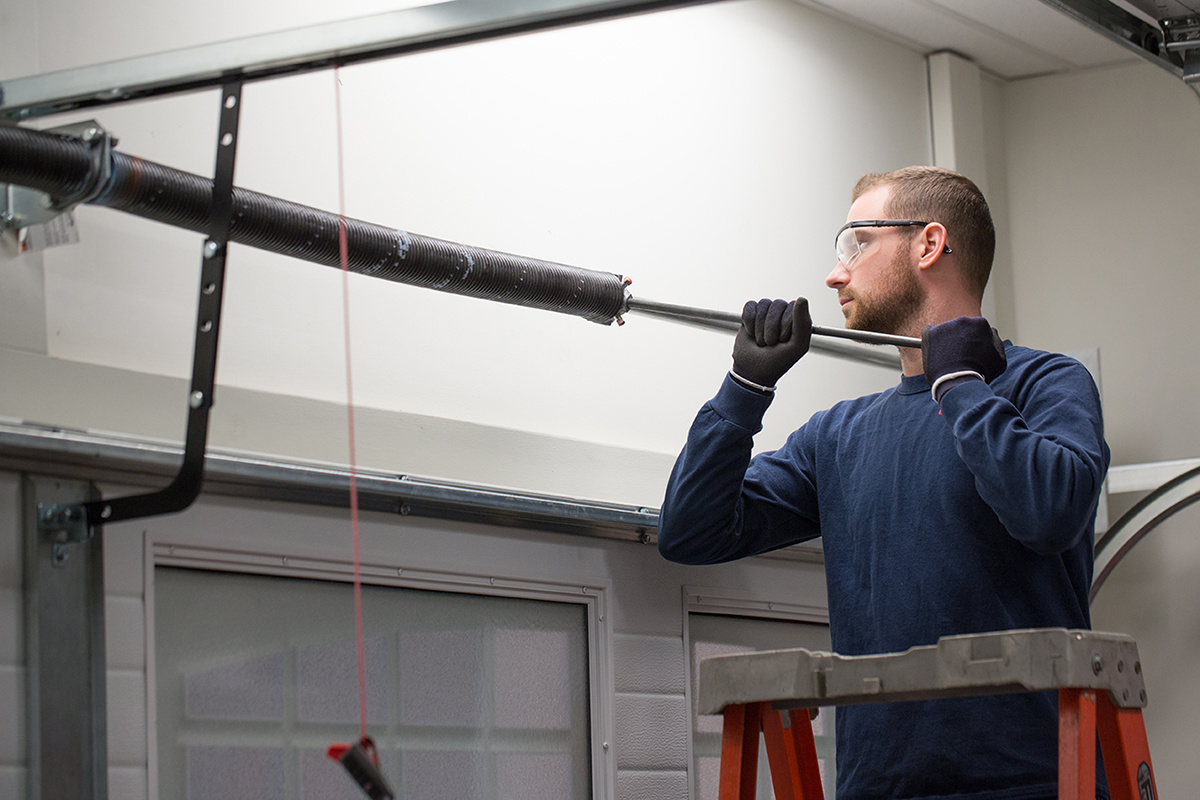
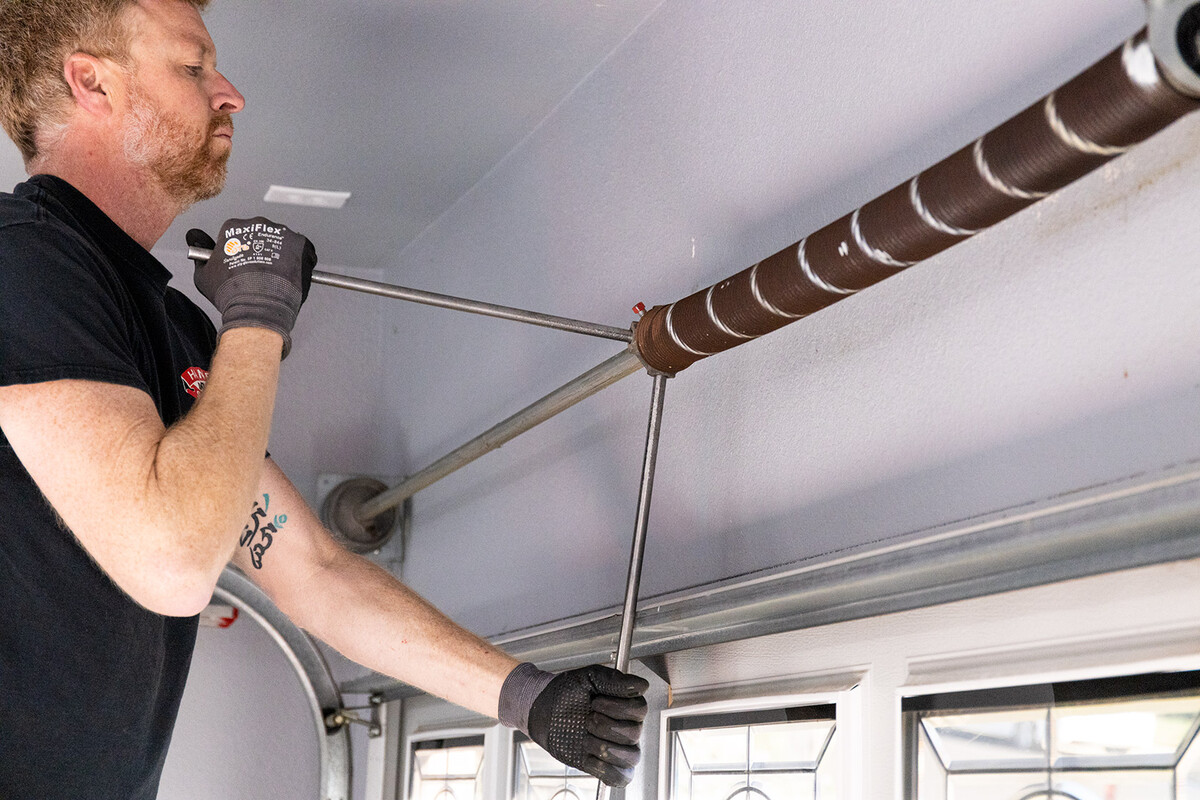
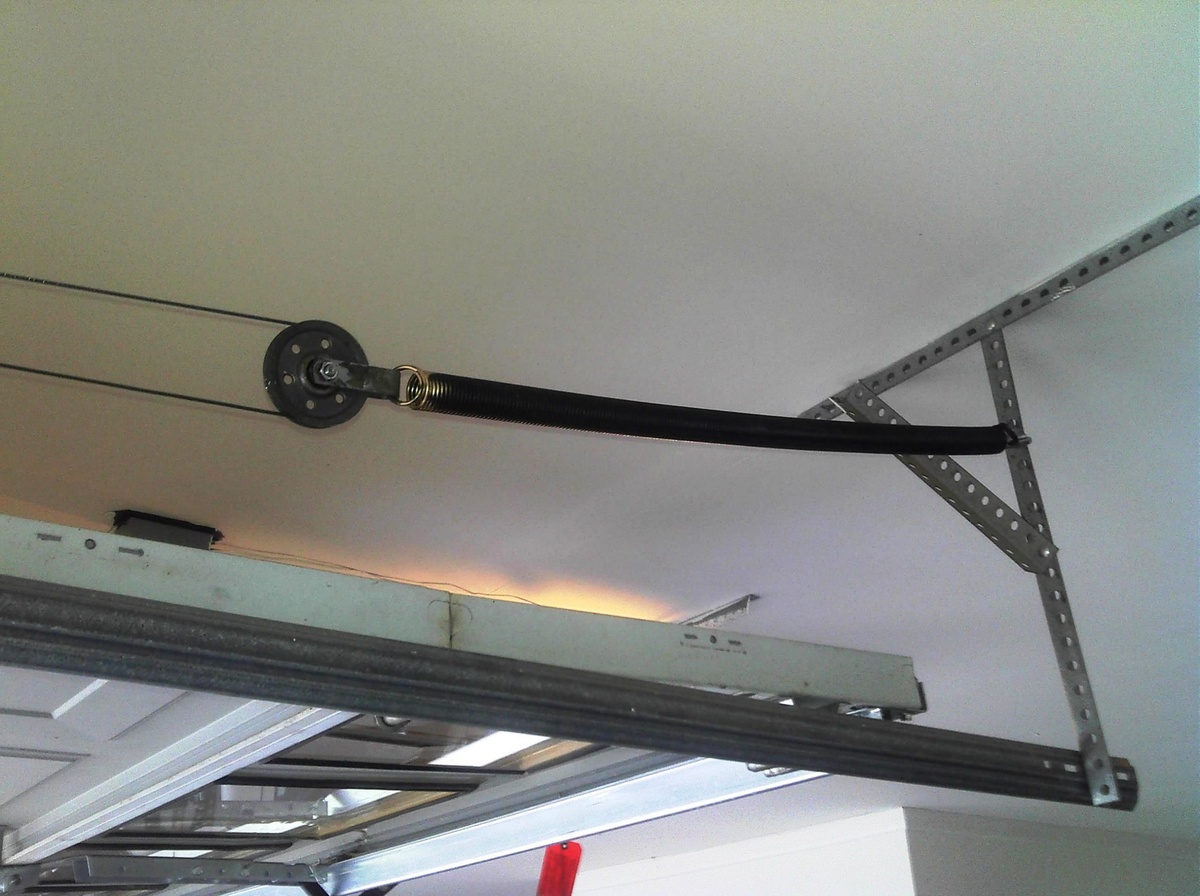
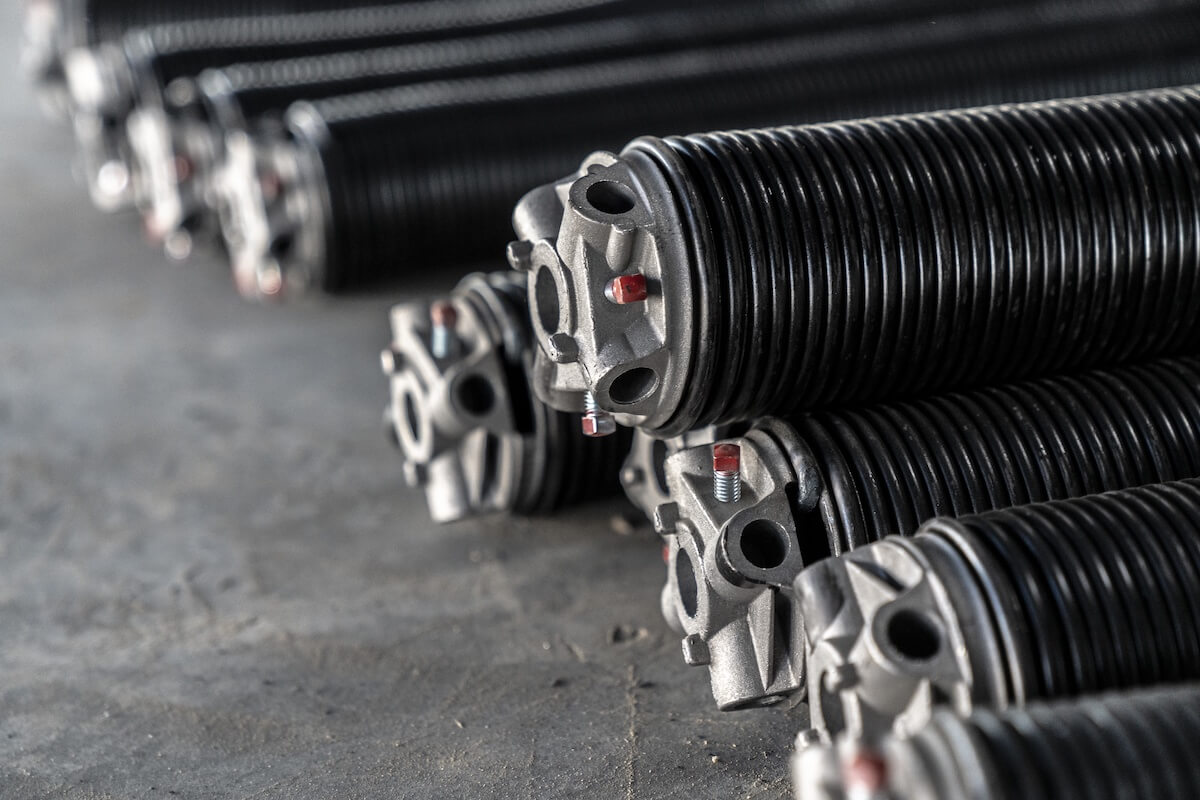
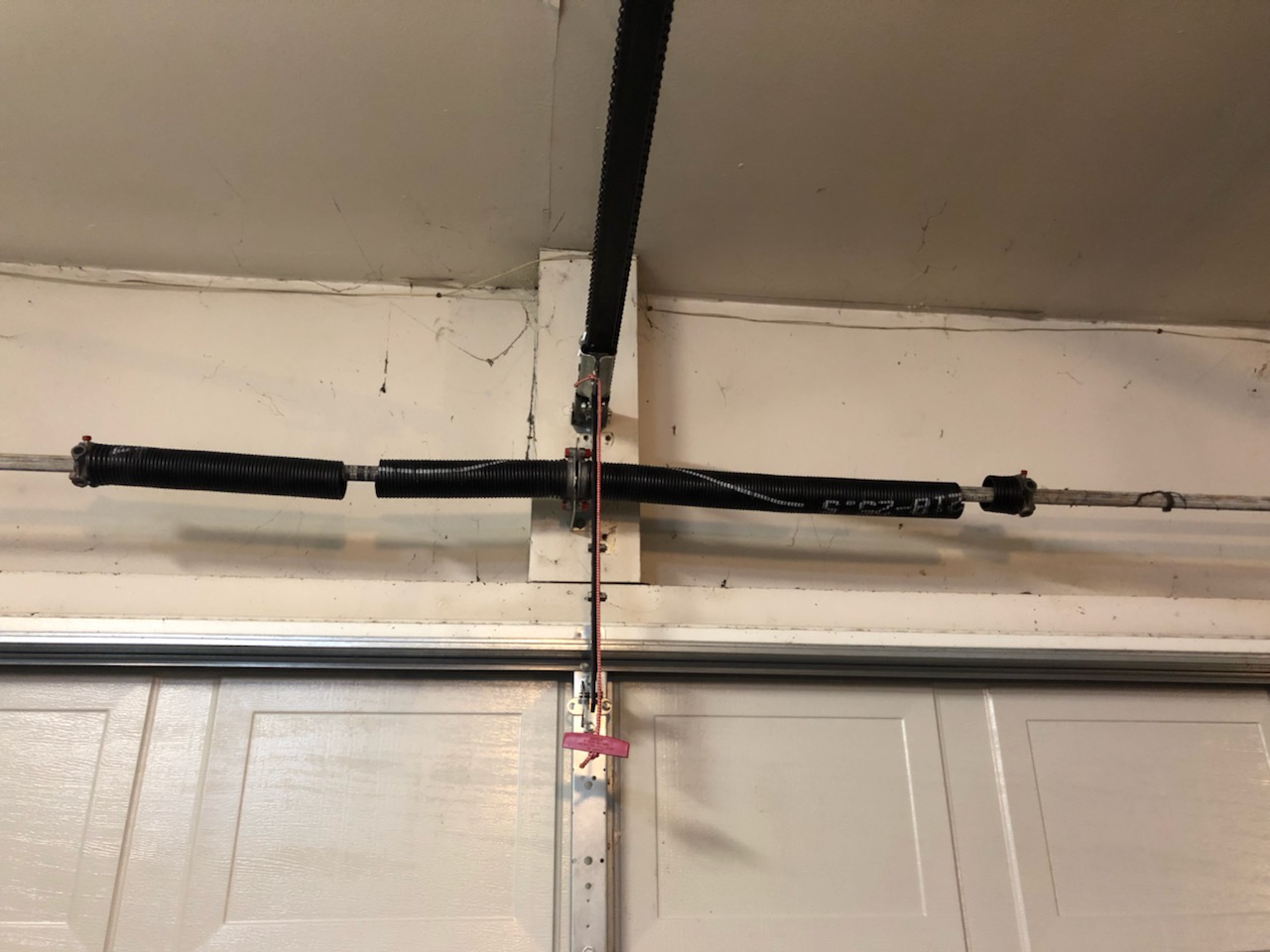
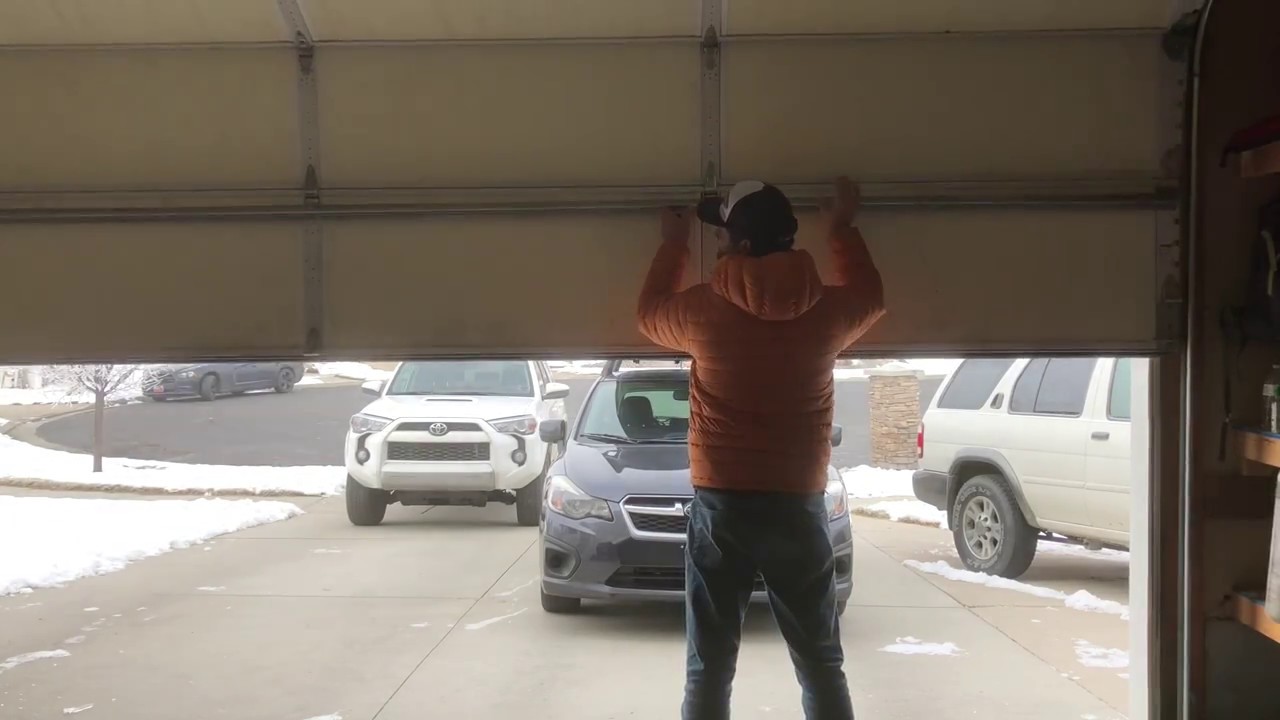
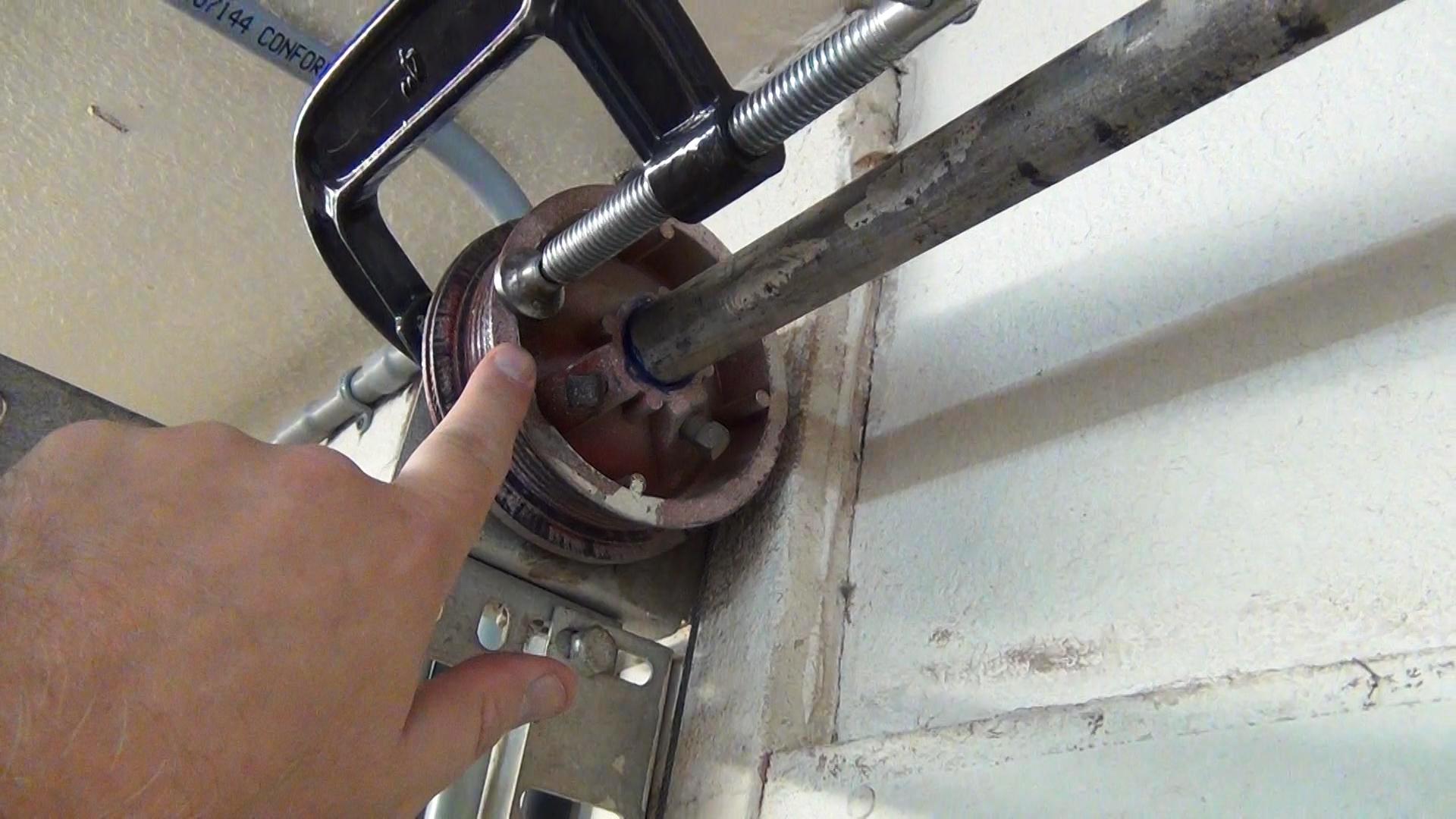
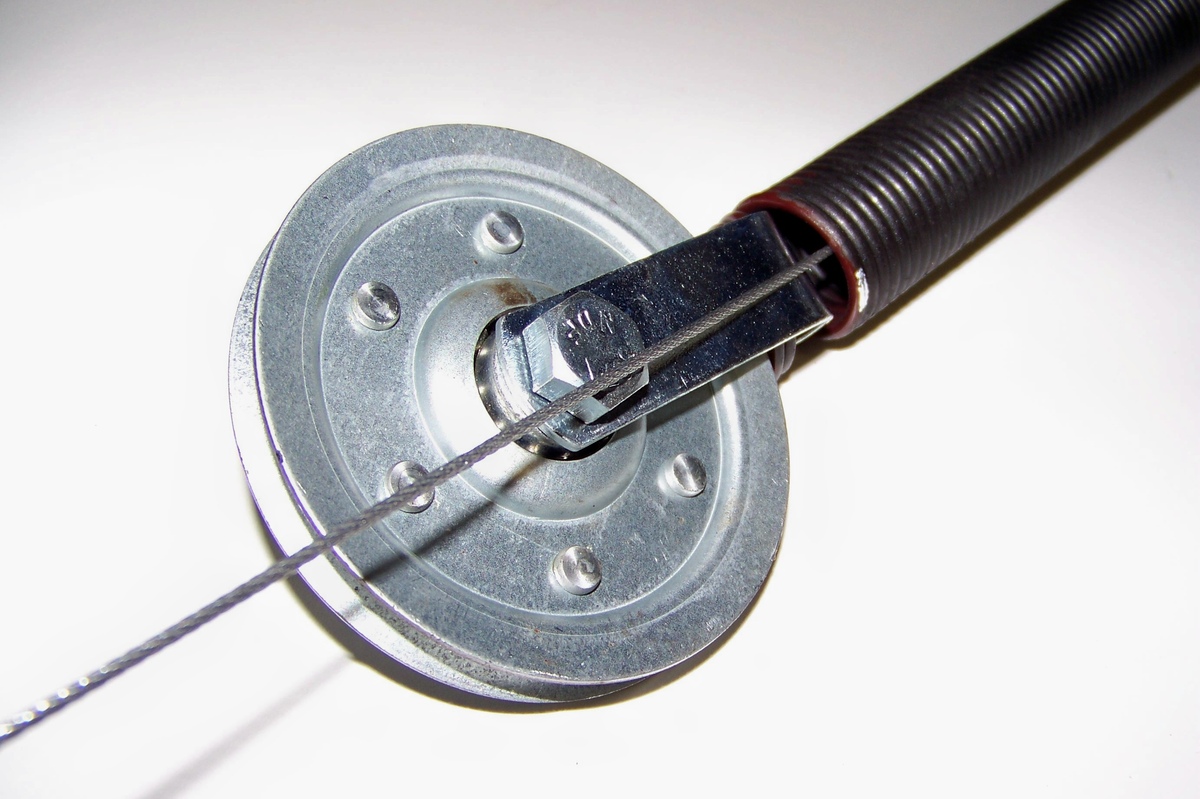
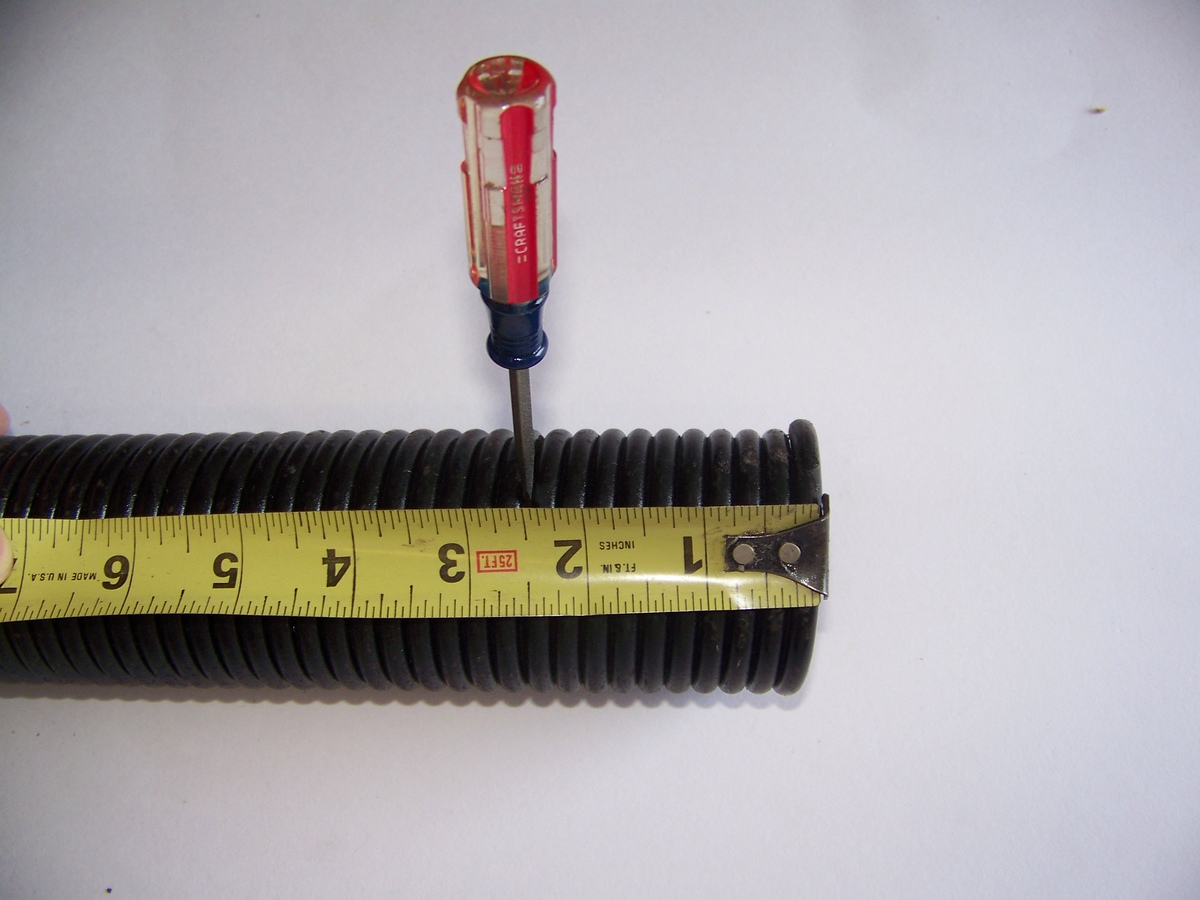
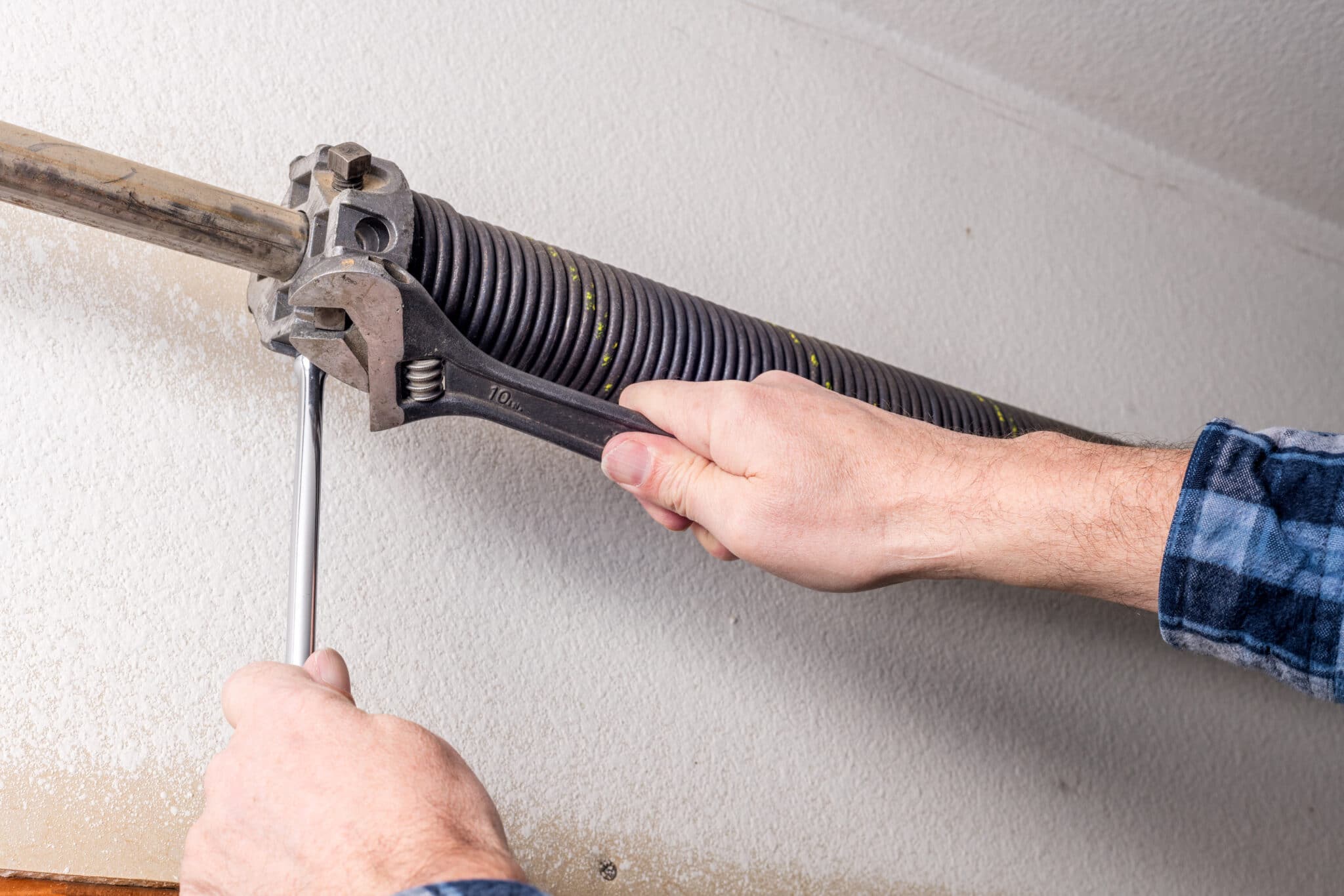
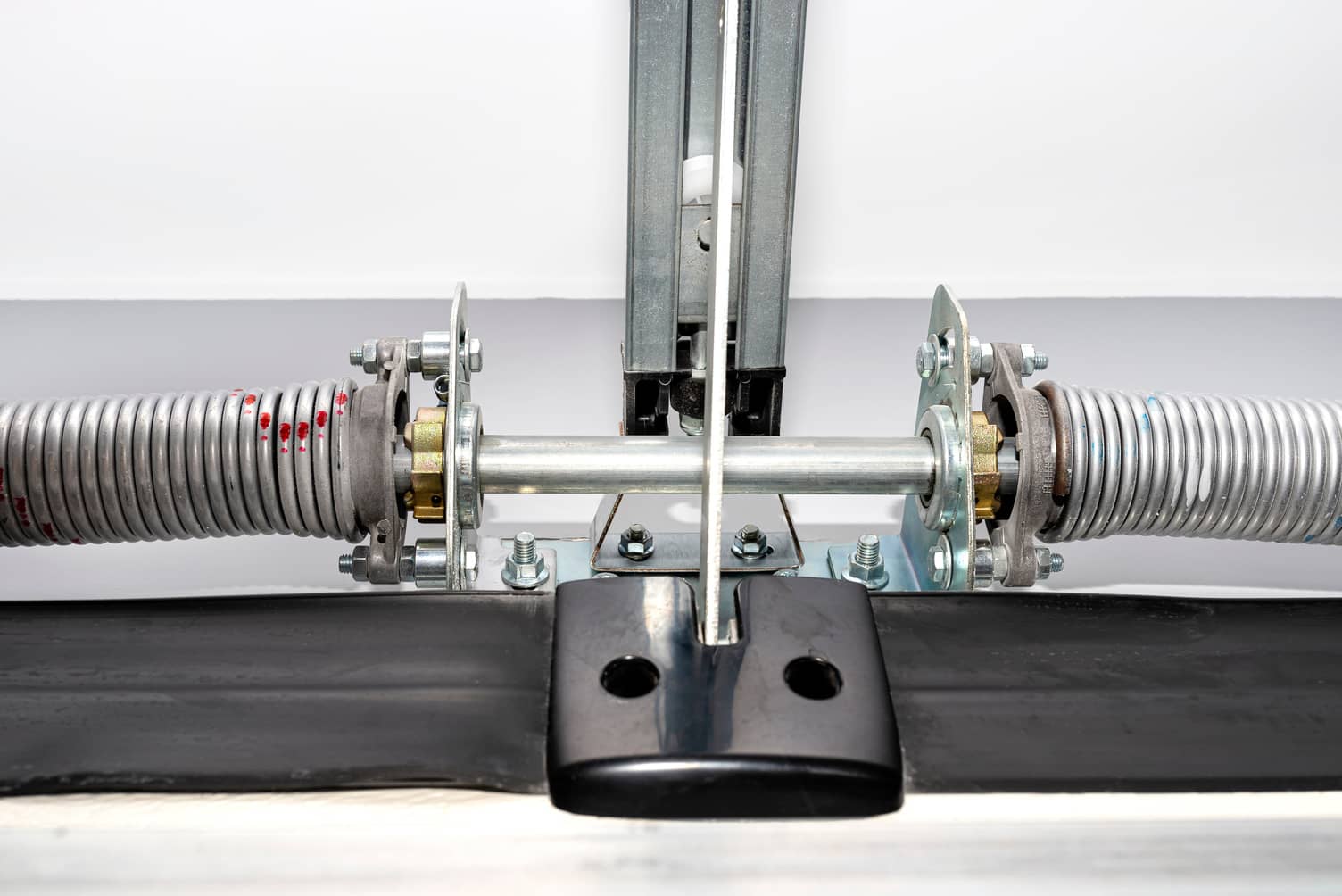
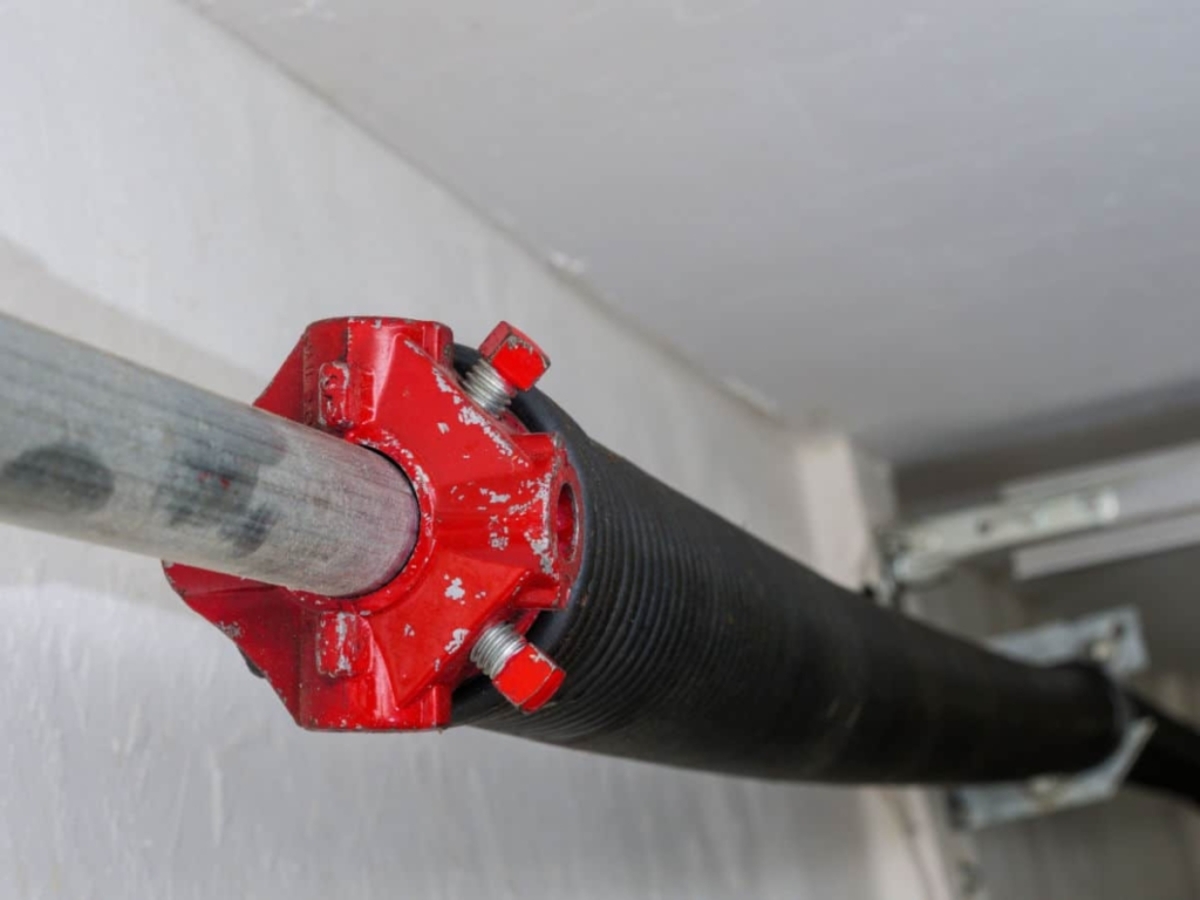
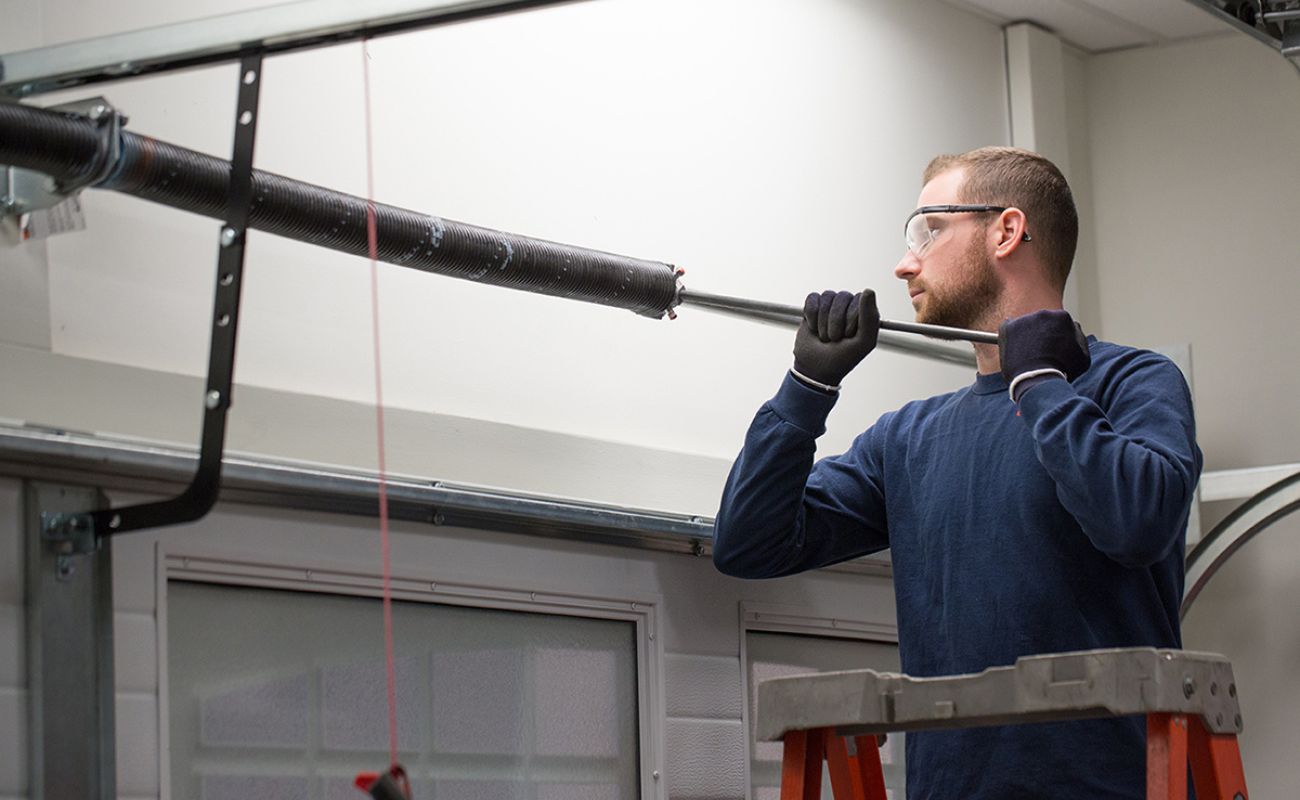
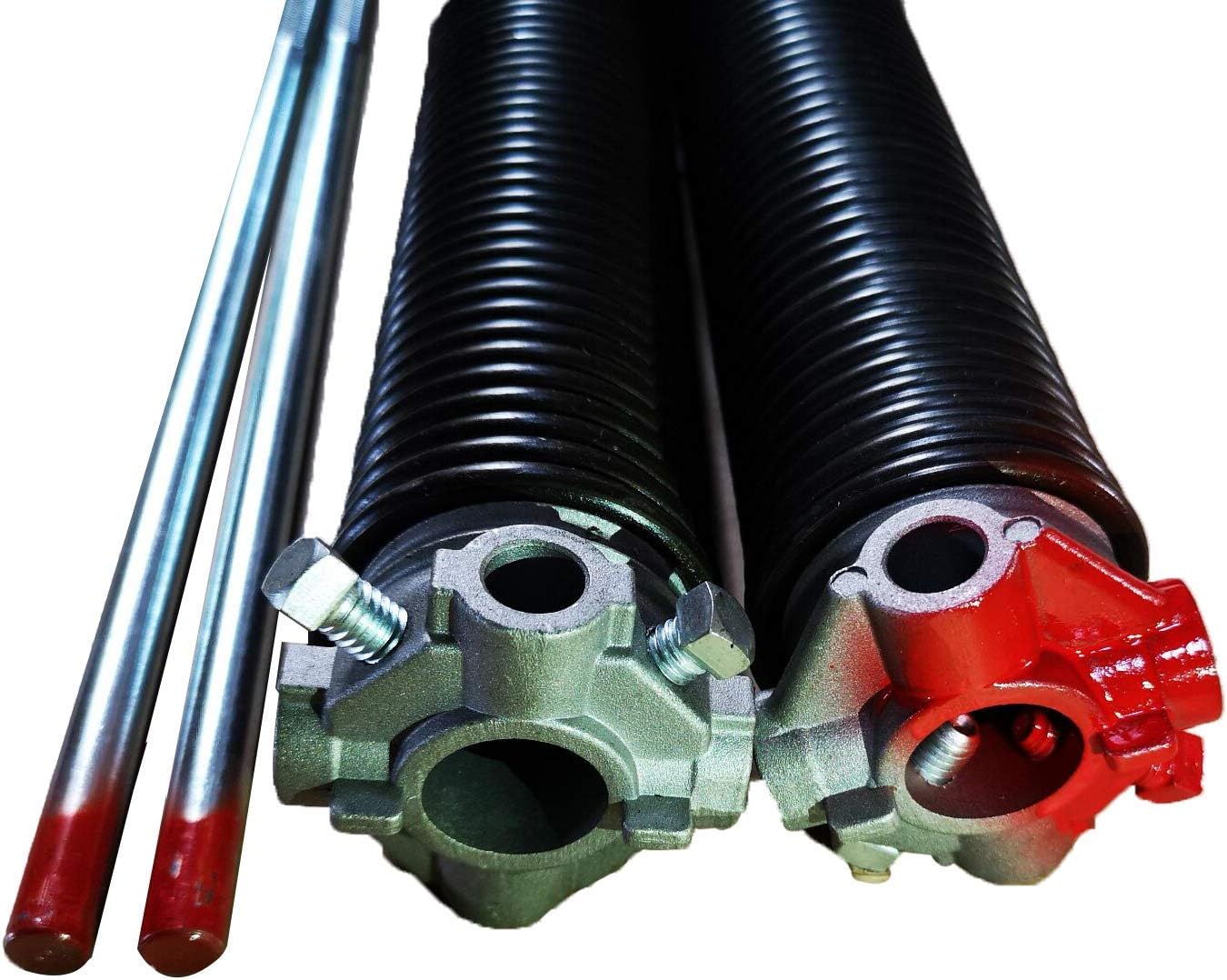

0 thoughts on “How To Tension A Garage Door Spring”